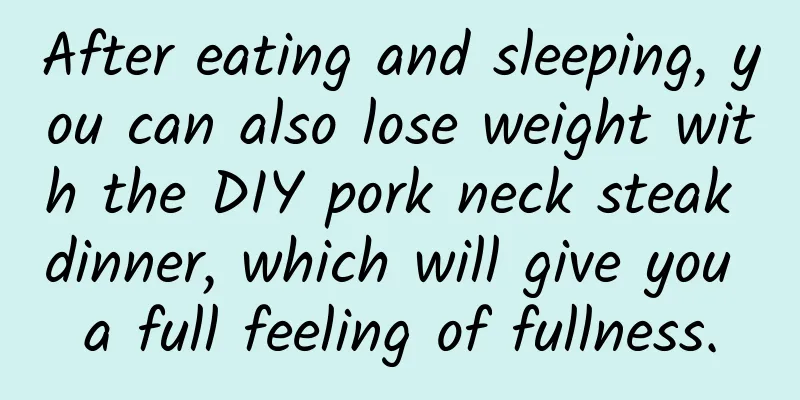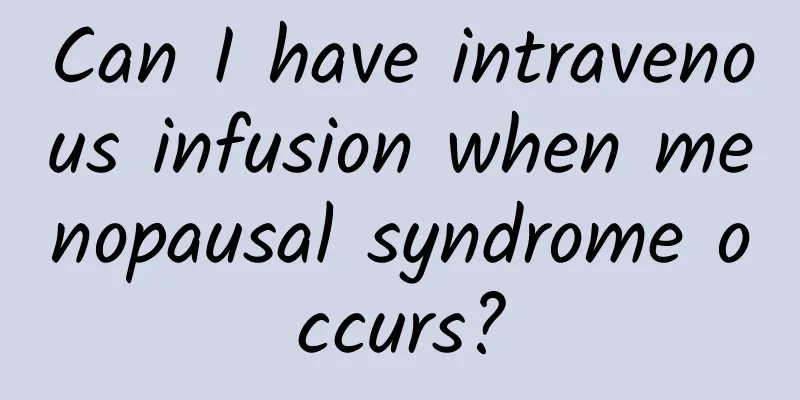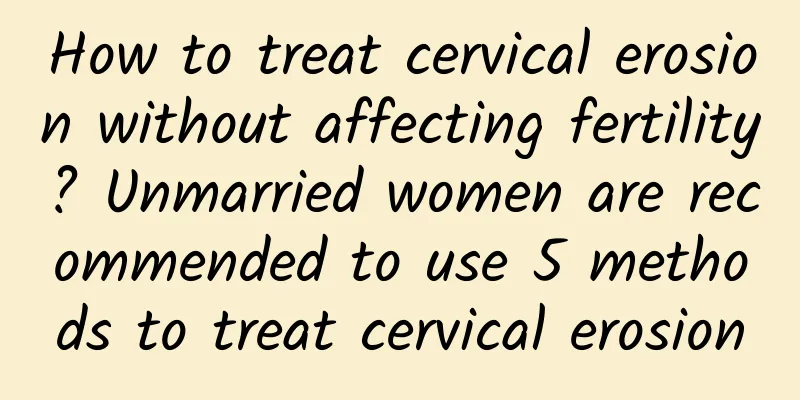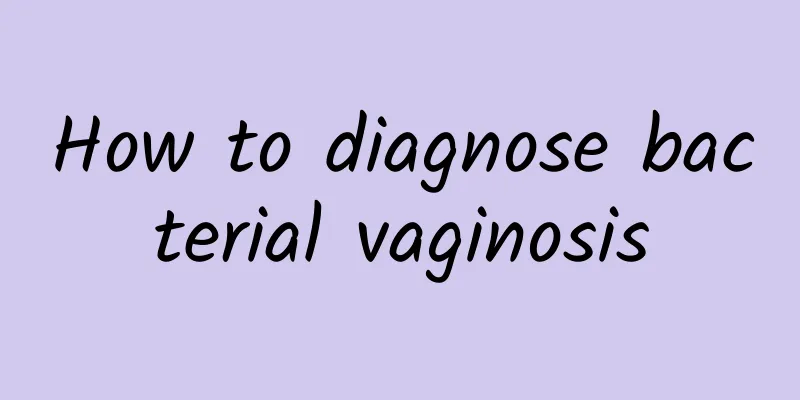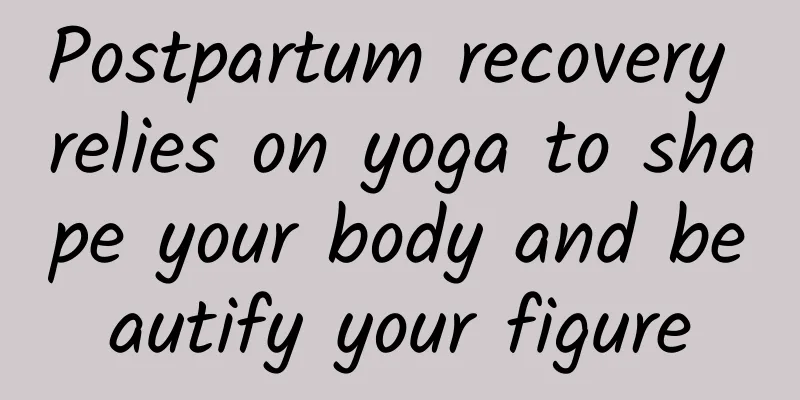Treatment of uterine fibroids Can pregnancy be normal with uterine fibroids
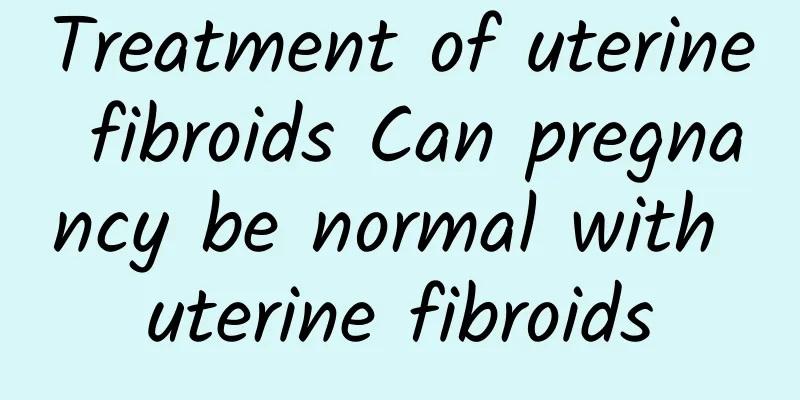
|
Regarding the treatment of uterine fibroids, I hope that patients can choose the appropriate one according to their actual situation, because there are many treatments for uterine fibroids, but different situations require different methods, and then we will give a detailed grasp. Should pregnant women with uterine fibroids be treated immediately or after the baby is born? Because certain drugs are not allowed during pregnancy, parents will worry about harm to the baby. Pregnant women with uterine fibroids will more or less affect the development of the fetus, making it more likely to have miscarriage, dystocia, incorrect fetal position, postpartum hemorrhage, etc. Therefore, during pregnancy, it is very important to correctly treat uterine fibroids. Experts point out that intervention in early pregnancy for patients with uterine fibroids is likely to lead to miscarriage, and it is recommended to wait until the second trimester. If the fibroids are large, it is estimated that the possibility of complications of continued pregnancy is greater, and the patient may need to live at the same time, terminate the pregnancy by abortion, short-term specialist uterine fibroid removal, or uterine fibroid removal with abortion. When the diameter of the uterine fibroid is larger than 6 cm, the uterine fibroid may continue to grow. In addition, large fibroids often have red degeneration to stimulate uterine contraction or peritoneal irritation signs. When obstetricians only recommend patients to undergo myomectomy during pregnancy, only when necessary, due to myomectomy, bed rest and the application of painkillers. The treatment recommendation for uterine fibroids in late pregnancy is that it is not recommended to treat small fibroids. For tumors larger than 8cm in diameter but asymptomatic, cesarean section can be expected, and myomectomy can be performed at the same time. Because large uterine fibroids not only affect uterine contraction, disorder and prolonged productivity, but also affect postpartum placenta, postpartum hemorrhage and postpartum infection in normal pregnancy. In some cases, due to postpartum hemorrhage and postpartum infection, or forced uterine removal, it may also be difficult to control. Therefore, the cesarean section mode is appropriate for cesarean section myomectomy. Regarding the treatment of uterine fibroids, we must pay attention, because whether this disease can be cured is related to whether we can have children, so don’t regret it because of temporary pain. In addition, in order to achieve the best treatment effect, we also need to actively consult the advice of relevant experts. |
>>: How big is a uterine fibroid? What are the dangers of uterine fibroids?
Recommend
What are the clinical symptoms of miscarriage?
Young boys, young girls, and ignorant girls accid...
The treatment of cervical hypertrophy should not be taken lightly
Cervical hypertrophy is one of the common gynecol...
Survey: About 40% of Chinese people gain 1.7 kg after the Chinese New Year! 5 dietary tips to eat New Year's Eve meals wisely
Eating lots of meat and fish during the Spring Fe...
What to do if you bleed again after menopause
Postmenopausal bleeding refers to abnormal vagina...
Will irregular menstruation prevent pregnancy?
Irregular menstruation may affect fertility becau...
5 characteristics of amenorrhea
Amenorrhea is a symptom that is not difficult to ...
What are the physiological causes of adnexitis?
Adnexitis is one of the common gynecological dise...
Why do you gain weight rapidly in winter? 4 tips to keep in shape
The cold weather is perfect for curling up on the...
What is the best way to treat irregular menstruation? Is Siwu Decoction effective for irregular menstruation?
What medicine is effective for irregular menstrua...
What are the procedures for uterine fibroid surgery? What preparations are needed before uterine fibroid surgery?
Uterine fibroids are a common benign tumor in the...
What are the main symptoms of cervical hypertrophy?
Cervical hypertrophy is a common gynecological di...
How do ovarian cysts form?
How are ovarian cysts formed? Ovarian cysts are t...
Analysis of the detection method of bacterial vaginosis
In recent years, more and more female friends hav...
Can virgins also have cervical erosion? How can women prevent cervical erosion?
We all know that before a virgin has sex, there i...
What are the early symptoms of ectopic pregnancy?
What are the early symptoms of ectopic pregnancy?...
